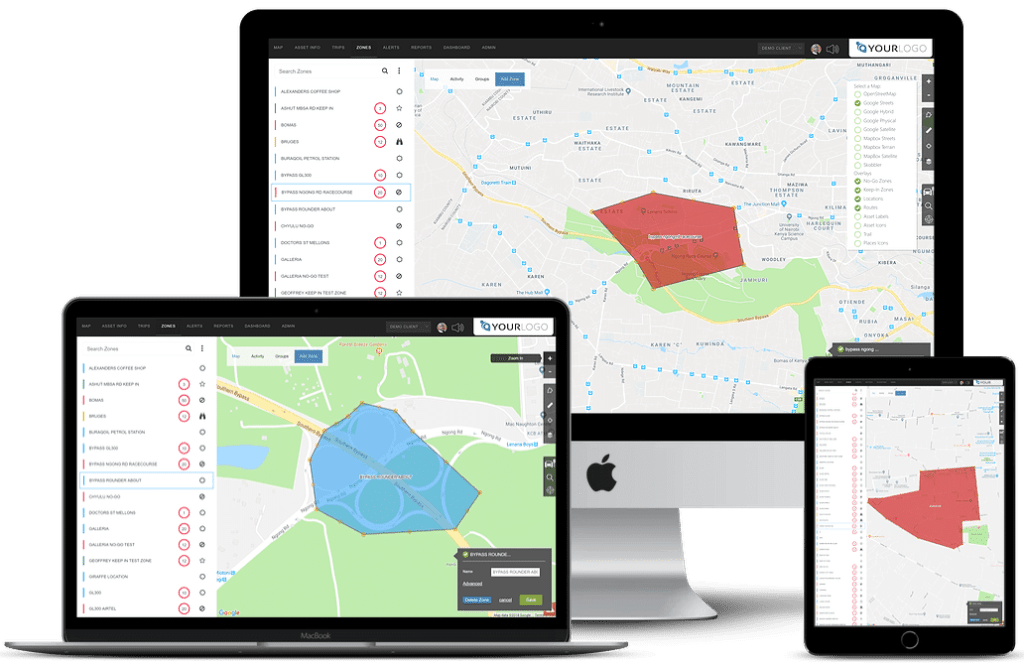Fuel theft is a significant concern for businesses and individuals alike, especially in industries reliant on fleets or heavy machinery. The loss of fuel not only impacts operational costs but also affects productivity. Understanding how fuel theft is carried out and implementing effective measures to prevent it is crucial for safeguarding your assets.
How Fuel Theft Is Carried Out
Fuel theft can occur in several ways, ranging from basic methods to more sophisticated tactics:
- Siphoning: One of the most common methods, involves using a hose to draw fuel directly from the fuel tank. This is often done in secluded areas or under the cover of darkness, making it difficult to detect.
- Fuel Return Line Manipulation: In vehicles, fuel return lines are designed to return unused fuel back to the tank. Thieves may tamper with these lines, redirecting the fuel to an external container.
- Catch Tank in the Engine Bay: Another sophisticated method involves installing a catch tank in the engine bay. This tank collects fuel before it reaches the engine, allowing thieves to siphon off the fuel later without triggering alarms or alerts.
- Fuel Card Fraud: Fuel cards issued to drivers can be misused to purchase fuel for personal vehicles or to resell. This type of theft is harder to detect without proper monitoring and reconciliation of fuel card transactions.
How to Stop Fuel Theft
Preventing fuel theft requires a combination of proactive measures, technological solutions, and vigilant monitoring. Here are some effective strategies:
- Installing Anti-Siphon Devices: These devices prevent the insertion of hoses into the fuel tank, effectively stopping siphoning attempts.
- Securing Fuel Caps: Lockable fuel caps are a simple yet effective deterrent against unauthorized access to fuel tanks.
- Monitoring Fuel Tank Levels and Return Lines: Regular inspections of fuel return lines can help detect any tampering or unauthorized modifications. Installing GPS trackers and sensors that monitor fuel flow can also provide real-time alerts of irregularities.
- Implementing Fuel Card Controls: Setting limits on fuel card usage and closely monitoring transactions can help prevent fuel card fraud. Regular audits and reconciliation of fuel card statements against actual fuel consumption are also crucial.
Theft Fuel Monitoring and Reporting with WhiteLabel Tracking
WhiteLabel Tracking offers a comprehensive platform designed to monitor and report fuel consumption and detect potential theft. Here’s how our platform helps you stay in control:
- Real-Time Fuel Monitoring: Our GPS tracking platform provides real-time data on fuel levels, consumption, and refueling events. This allows you to monitor fuel usage closely and detect any anomalies that could indicate theft.
- Fuel Theft Alerts: The WhiteLabel Tracking platform is designed to trigger immediate alerts when unusual fuel activity is detected. For example, a sudden drop in fuel levels can prompt an alert, allowing you to take swift action.
- Detailed Fuel Reports: The platform generates detailed reports on fuel consumption, providing insights into fuel efficiency, usage patterns, and potential discrepancies. These reports are essential for auditing and identifying any suspicious activities related to fuel theft.
- Geofencing and Route Monitoring: By setting up geofences and monitoring routes, you can ensure that vehicles remain within designated areas and follow approved routes. Deviations from these routes can trigger alerts, helping you detect unauthorized stops where fuel theft might occur.
Conclusion
Fuel theft is a serious issue that can have significant financial and operational impacts on your business. However, with the right preventive measures and advanced tracking technology, you can protect your assets and minimize losses. The WhiteLabel Tracking platform offers a robust solution for monitoring fuel consumption, detecting theft, and ensuring the security of your fleet. Contact us or sign up for a free trial today to learn how you can leverage our technology and keep your operations running smoothly.

